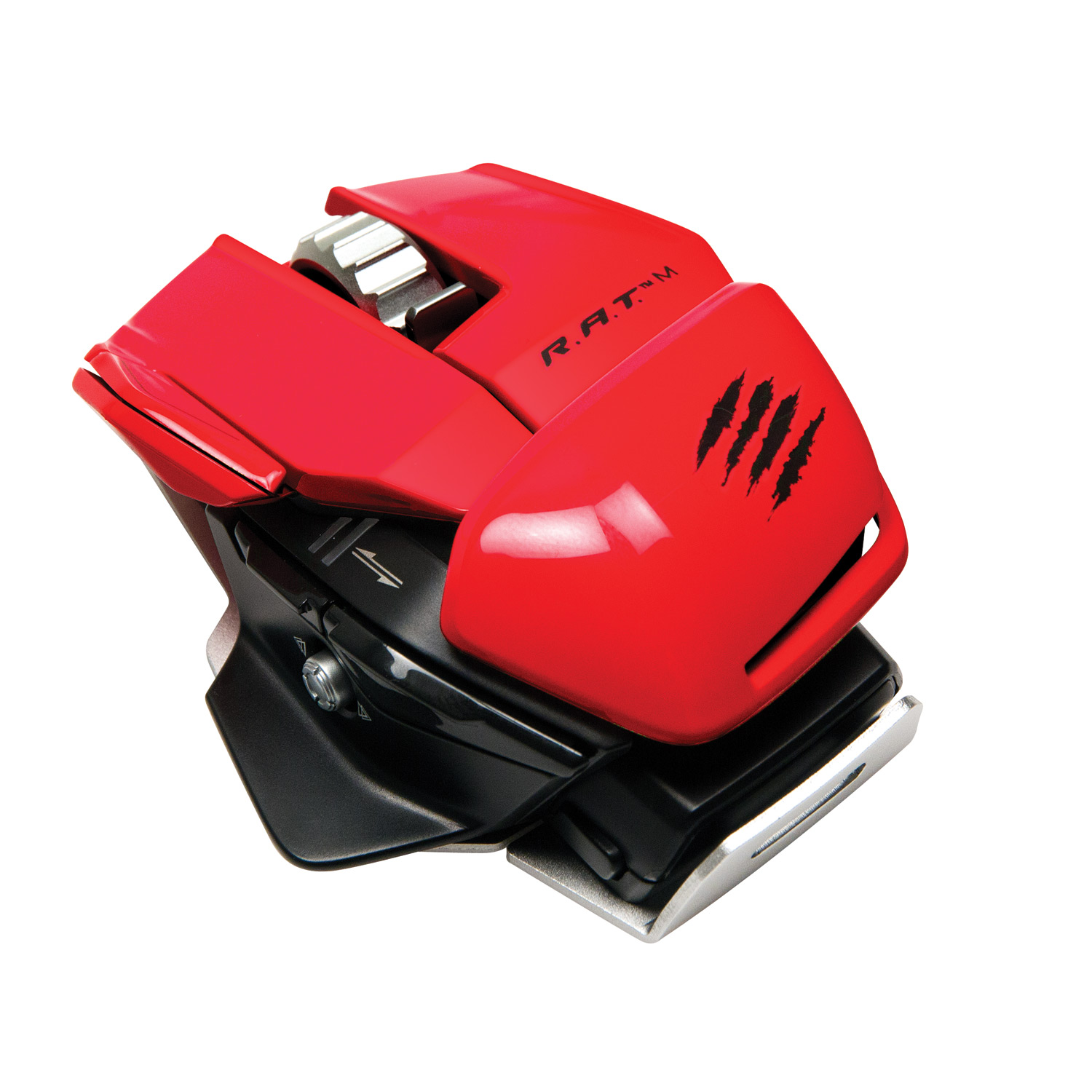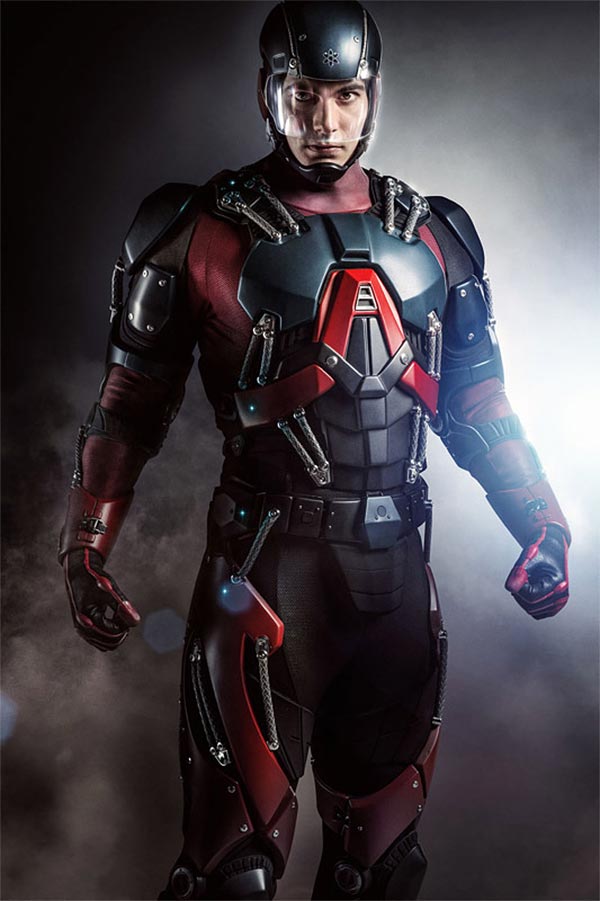

After getting a new source of dwarf star alloy, Ray went back to his Atom identity. He nicknamed himself Colonel Cold, using both Leonard Snart's weaponry and goggles. suit was destroyed during a mission in Feudal Japan, Mick Rory gave him the Cold gun. In early 2016, Ray was recruited by time traveler Rip Hunter into the Legends on a mission to take down Vandal Savage. However, thanks to the efforts of Team Arrow, Ray was rescued and would continue to aid them in their fight against Darhk. After six months, during which time the city was renamed "Star City" in his honor, Ray managed to contact Felicity but was captured by Damien Darhk and H.I.V.E. While testing out a new function of his exosuit, Ray accidentally caused an explosion which shrunk him to a miniature size stuck in this state and unable to call for help, he was presumed dead. Having designed a powerful exosuit, Ray began acting as a vigilante in Starling City, calling himself The Atom. Ray was also the fiancé of Anna Loring until her death at the hands of a Mirakuru soldier. Ray is the husband of Nora Darhk, the ex-fiancé of Kendra Saunders, and the ex-boyfriend/friend of Felicity Smoak. He is the son of David and Sandy Palmer and younger brother of Sydney Palmer, who in at least one version of the future is considered to be the father of the robotics industry. Raymond Carson "Ray" Palmer (born 1981 ), is a businessman and the former CEO of Palmer Technologies, previously known as Queen Consolidated. I can science my way out of anything." -Ray Palmer ĭr. But before we book tickets to Machu Picchu, we’ve got a party to put on." I'm Ray Palmer. Maksymilian Fus Mickiewicz: Next issue we’re travelling to the Amazon basin with the question: to what extent is architecture ‘inescapable?’ Anyone who spent the night under the stars will tell you it’s an experience that changes your perception of interior and exterior and how we position ourselves in our environment. Architecture, art and literature can inspire us to re-think the cities we live in.ĭD: What does the future have in store for T-R-E-M-O-R-S? We took a similar approach and set about to re-imagine the now derelict 2004 Athens Olympics Sports Complex. The US had gone back on its word but the designs didn’t necessarily have to be built they could show the potential of a future site, and in doing so, destabilise the notion that it must forever remain a detention camp. Maksymilian Fus Mickiewicz: It began when we spoke to Cameron Sinclair the CEO (Chief Eternal Optimist) of Architecture For Humanity, about his organisations call to the architects to re-design Guantanamo Bay, after Obama then promised it would be shut down. Good architecture isn’t simply about bricks and mortar, but about creating systems to accommodate communities.ĭD: What inspired you to ‘re-imagine cities’?

In London there are architects from across the globe fighting to out do not only their contemporaries but also infamous architects of the past. Maksymilian Fus Mickiewicz: Once you become immersed in architecture you realise you live in a battleground. Maksymilian Fus Mickiewicz: We are a white-cube gallery space in an A5 magazine format that invites architects, artists, and writers to explore how we relate to architecture and our environment.ĭD: What entices you about architecture/urban space? With the first issue based around the theme of Aftermath, described by Lawrence Lek as: “post-Utopian, post-Apocalyptic, as well as post-Revolutionary” Dazed chats to Editorial and Artistic Director Maksymilian Fus Mickiewicz about the ‘battleground’ that is urban space. Inspired by the city, independent magazine T-R-E-M-O-R-S focuses on intellectual imagination, and hopes to channel urban development through art, politics and poetry and to explore how creativity allows us to re-think the urban space.


 0 kommentar(er)
0 kommentar(er)
